
‘Greenhouse’ is my continuation of the work started with the ‘Diorama’ tool at MPC – but in Houdini rather than Unity


Unlike ‘Diorama’, which was a point-based scatter, Greenhouse is a volume-based tool.


R
Volumes are subdivided based on modular rules – so a building volume is first split into floor volumes. Each floor volume is then further subdivided into window, wall or column volumes based on it’s position in the overall building.


The tool then uses a ‘best fit’ box matching algorithm to assign the most appropriate module from a library. The modules don’t have to follow a set grid, or a set scale, so it’s easy to mix and match from different modular packs with minimal manual setup.
V
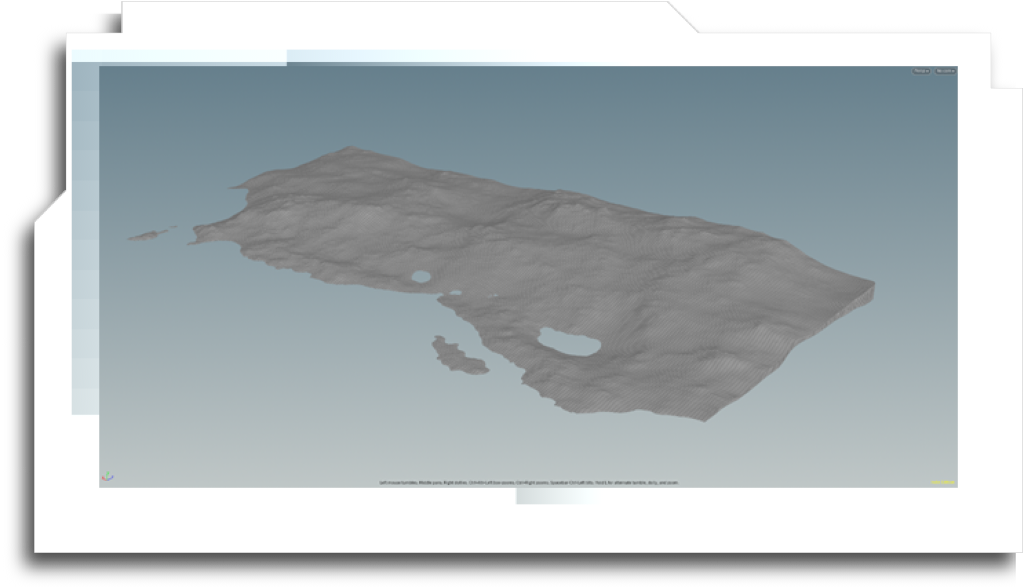

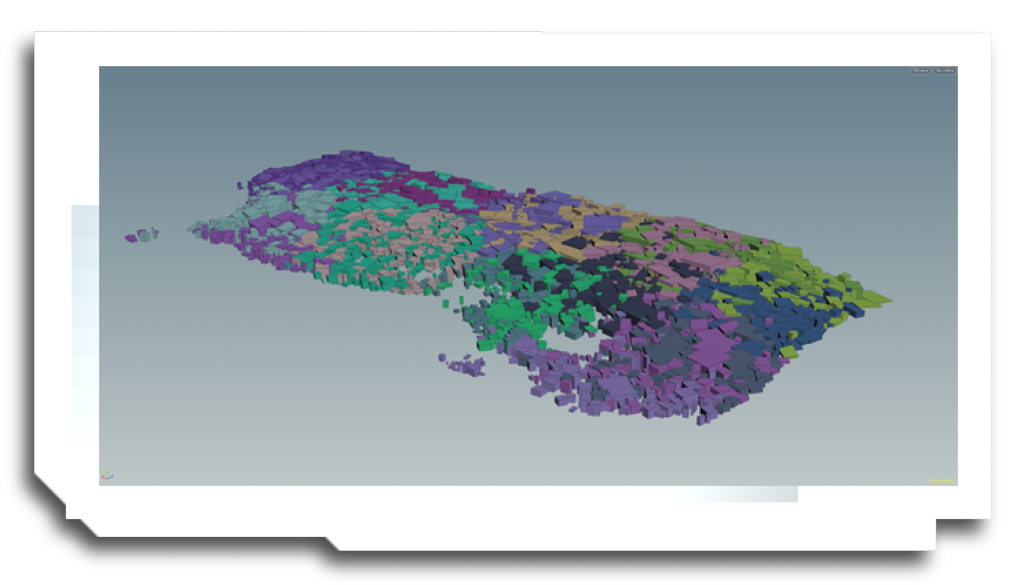
Because the tool simply matches tagged volumes with assets, exactly the same system can be used for vegetation. Here, a ‘grass’ volume is filled with cubes using a packing algorithm, and the closest fit is assigned from a vegetation library.
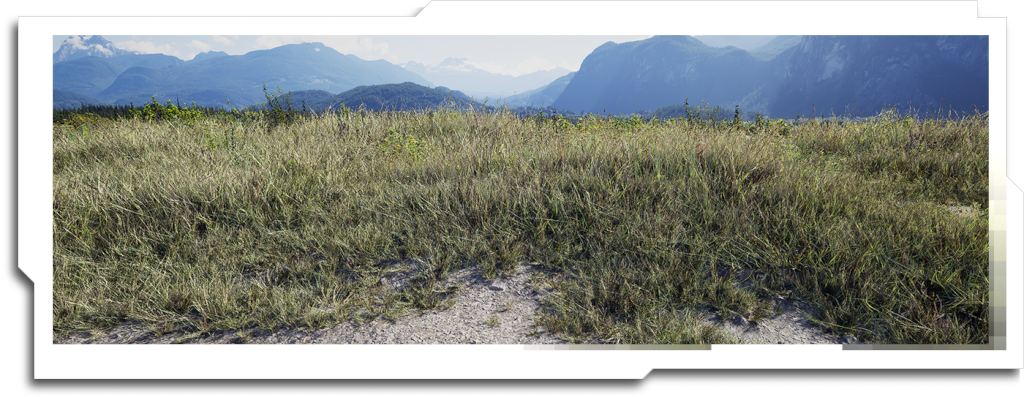
Early versions of the tool used a CSV file to transfer the data between Houdini and Unreal. This is the grass scatter example combined with vegetation sprites and an HDRI captured at the Squamish spit (before it was demolished).

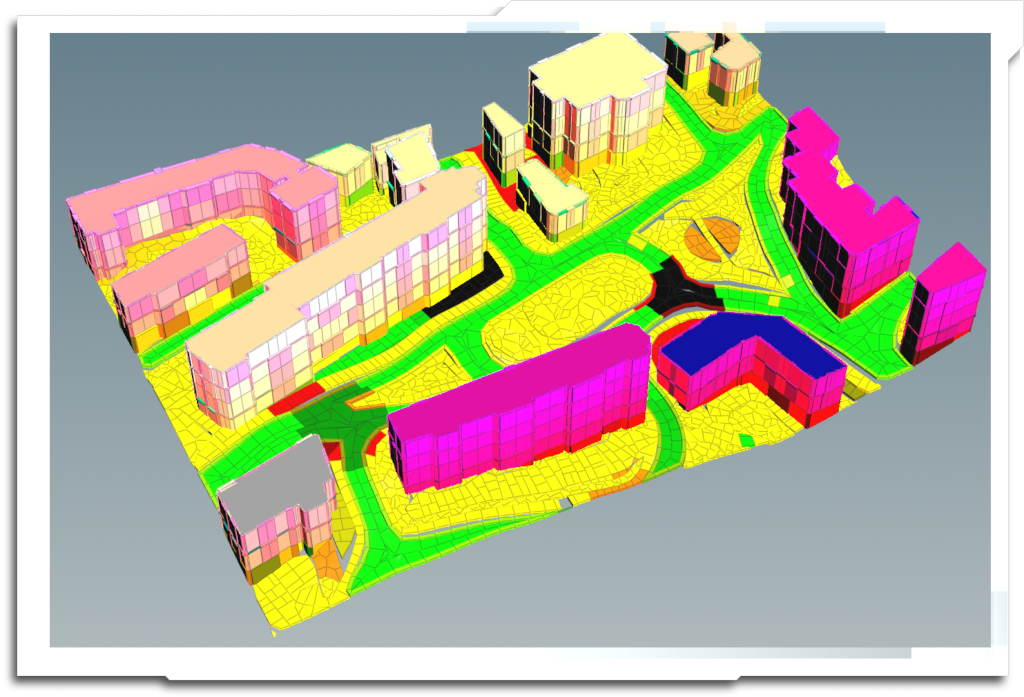
For a full ‘city block’ demo, I chose the most convoluted, difficult location I could think of – Hotwells in Bristol, UK, near where I used to live. Many procedural city tools lack functionality for steep slopes, or even assume an American-style grid layout.


The same ‘bounding box matching’ workflow could be tweaked to produce roads, kerbs, pavements, paths and green spaces based on a single source image. This example lacks rooftops, which aren’t a very good fit for a modular system unless the surface is very uniform.

Creating this city block took around 3mins, with plenty of scope for optimisation. The buildings in particular need more rules for practicality – such as not placing a wall right in front of a door…


The building system has not yet been used for a final production layout, but has proved very useful for rapid prototyping and visual development. Further development is ongoing.
c

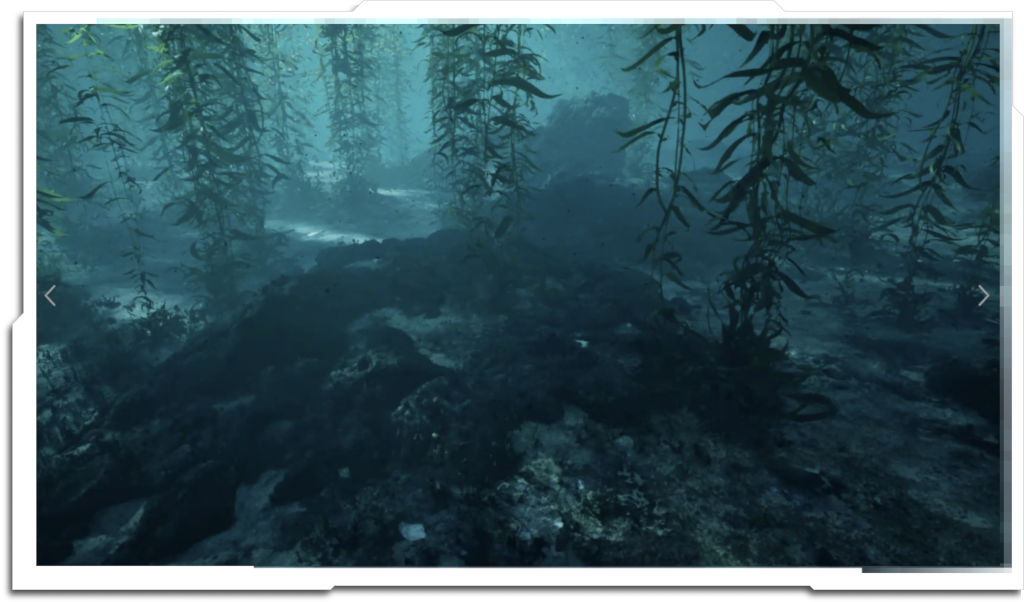
The vegetation tools have been used on several projects, however. For speed and flexibility, I also moved away from CSV data transfers to native USD stages.


VP showcase at Scarab Digital’s stage in Vancouver, demonstrating the underwater environment created with ‘Greenhouse’, and streamed in to nDisplay as USD.


Another demo environment, used for a Steadicam shoot at Scarab Digital. Desert layout in ‘Greenhouse’, streamed in as USD.


I’ve had some success with the ‘Greenhouse’ tool on cliff and rock faces, but the results have been a little too random and undirected to look convincing. Additional rules will be needed to make the module assignment more natural – likely based on physical weathering and erosion.
